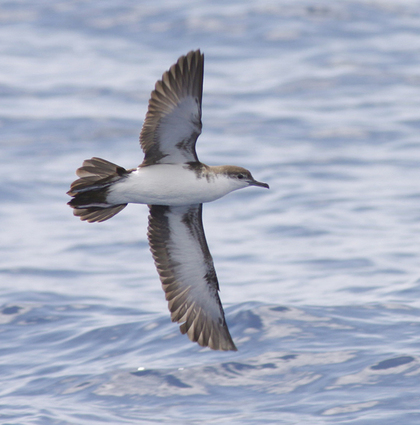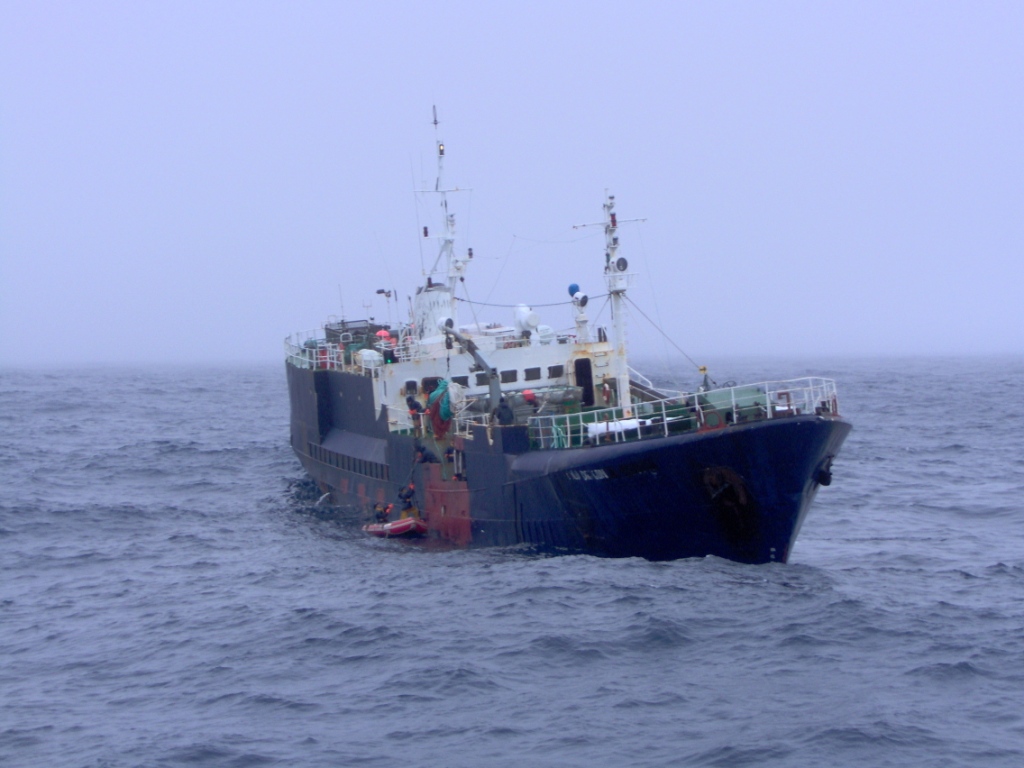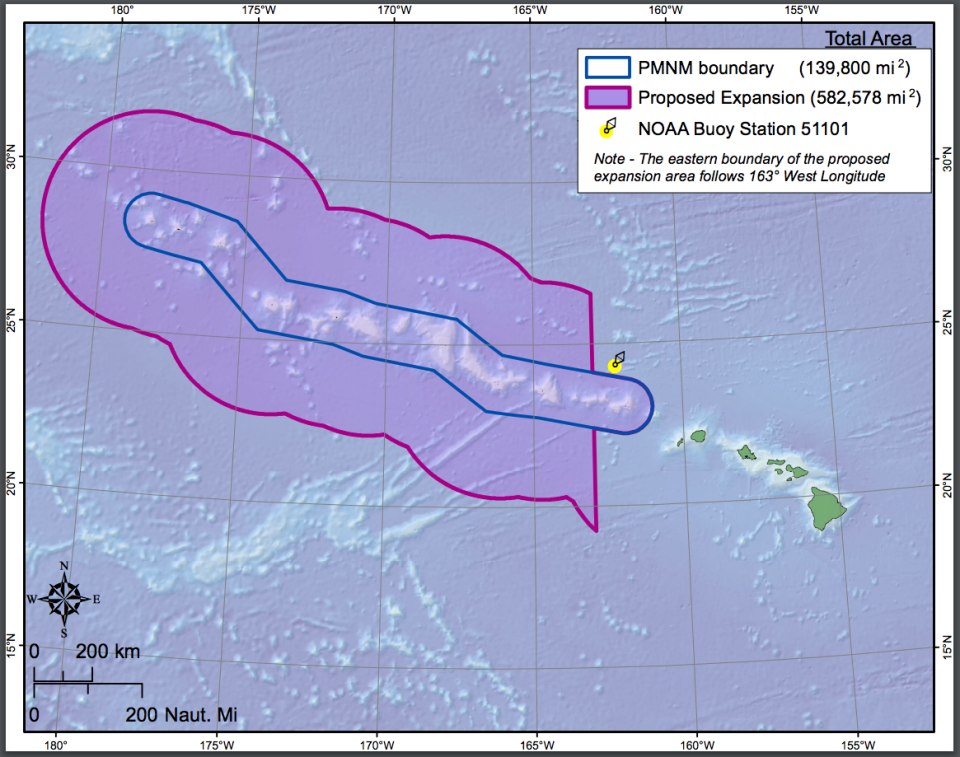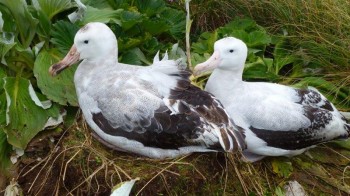Will Chatfield-Taylor (Olsson Associates, Overland Park, Kansas, USA) has published open-access in the journal Marine Ornithology on the breeding and foraging distribution of Audubon’s Shearwaters Puffinus lherminieri in the Caribbean in relation to predictable thermal fronts.
“This study aims to better understand how the nesting distribution of Audubon’s Shearwaters Puffinus lherminieri in the Caribbean is associated with the location of predictable ocean fronts, in turn reflecting the different foraging strategies employed by males and females during their pre-laying exodus. The study compares the spatial distribution of bathymetric features — generators of fronts — relative to the pre-laying exodus foraging areas of male and female shearwaters in 89 known nesting locations and in a control group of 5 621 remaining islands in the Caribbean. For each location, the density of potential locations within the foraging radius of males (270 km) and females (270– 850 km) was calculated by geographic information system (GIS) analysis. Foraging sites for males tended to be more densely aggregated and those for females less densely aggregated when compared with the controls, but, for both, a correlation between the proximity of nesting locations and likely frontal regions was clear. These data indicate that nesting locations appear to be associated with predictable thermal fronts. This strategy improves the shearwaters’ access to food sources during the pre-laying exodus.”

Audubon's Shearwater
Reference:
Chatfield-Taylor, W. 2017. Caribbean Audubon’s Shearwaters Puffinus lherminieri choose nesting locations that improve male and female pre-laying exodus foraging strategies. Marine Ornithology 45: 103-106.
John Cooper, ACAP Information Officer, 4 May 2017

 English
English  Français
Français  Español
Español 





